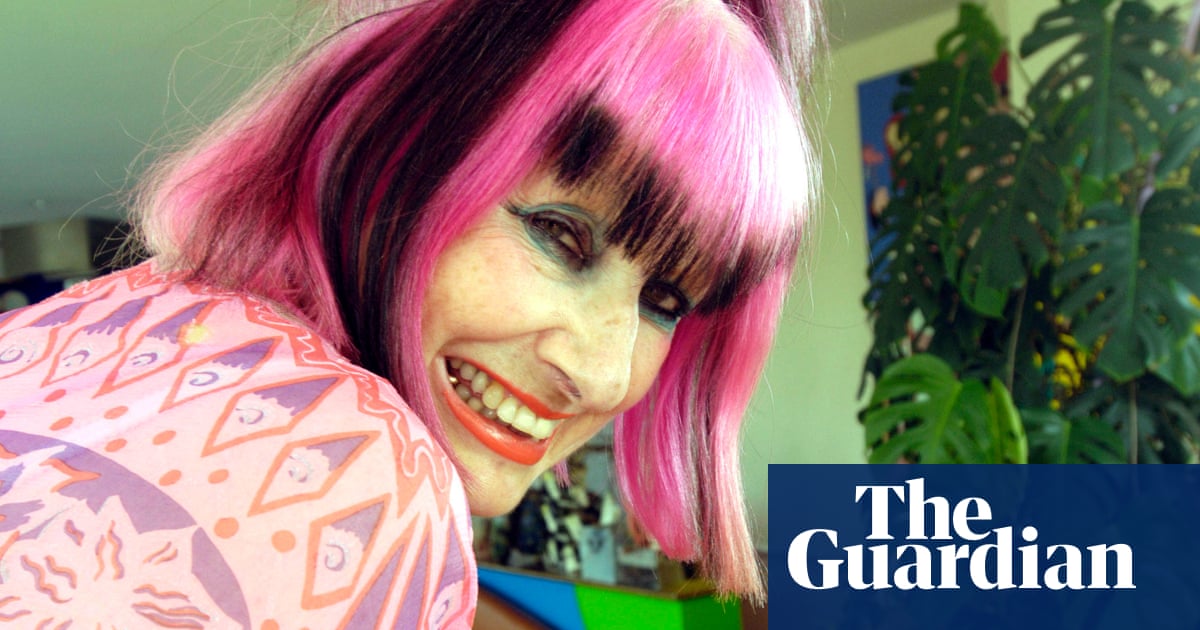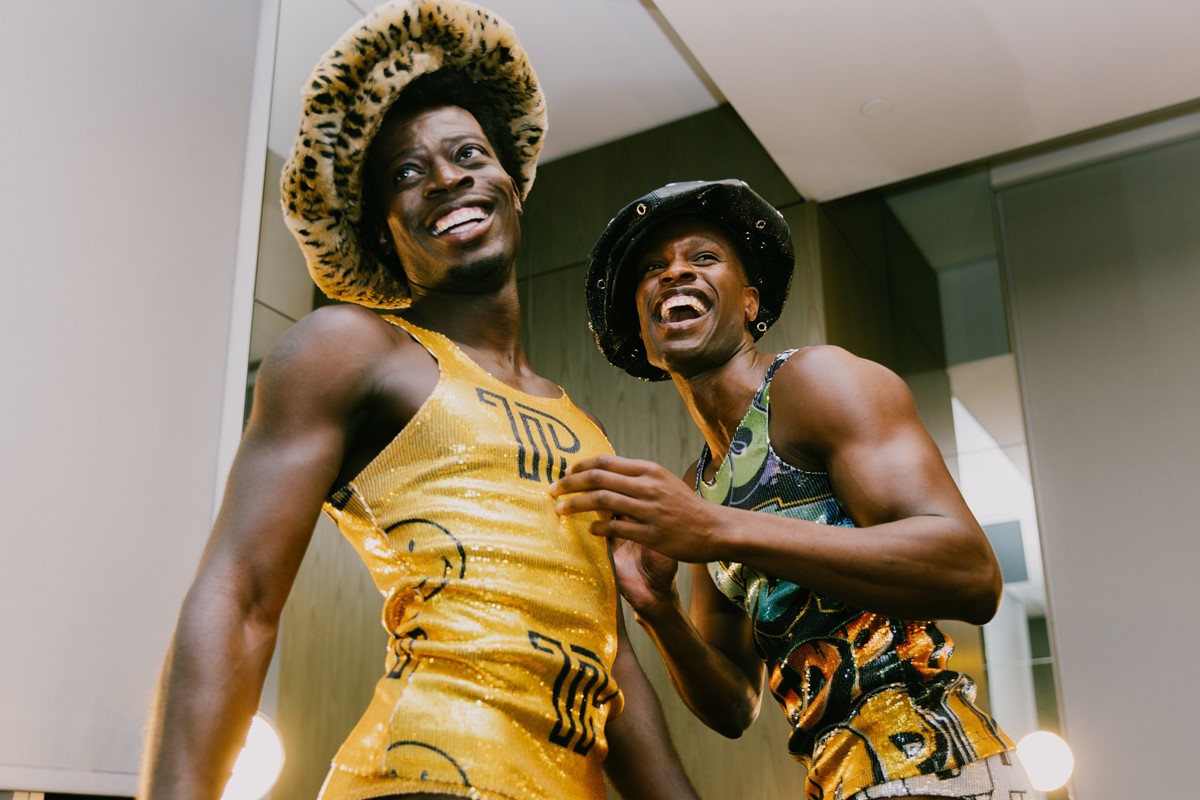Fashion
Iconic: My Life in Fashion in 50 Objects by Zandra Rhodes review – wigs, turbans and fly spray

Ever since arriving in swinging 60s London with a bag full of acid-coloured geometric prints and a signature style comprising zigzag eyebrows and pink hair, Zandra Rhodes has prided herself on taking the road less travelled. It is ironic, then, that she has chosen to tell the story of her life “in 50 objects”, a narrative tack that has become standard operating procedure over the last 15 years. Yet such a contradiction is unlikely to give Rhodes much pause for thought. Instead, at least on the evidence of this breathless, unreflective romp through a life that can apparently best be told through “Andy Warhol’s Wig” and the “Diana Ross Turban”, Rhodes presses on regardless.
At its weakest, this patchy approach creates baffling lacunae. How, for instance, did this self-described academic, conscientious little girl fail to sail through the 11-plus and grammar school? Wasn’t she disappointed? Such stumbles are waved airily away in the onwards and upwards narrative of the woman from Chatham, Kent, who tells us over and over that she refuses to concern herself with other people’s expectations.
Just occasionally, Iconic’s episodic structure, with illustrations from Rhodes’s sketchbook, slow down to allow for some memorable portraits. Her mother, Beatrice, sounds extraordinary. In the 1930s, the working-class Londoner got herself to Paris and blagged a job working for the House of Worth despite speaking no French. After the war, Beatrice moved into teaching, becoming head of fashion at Medway College of Art while running a lucrative dressmaking business on the side. All this is bundled under a section titled Fly Spray in reference to the fact that Mrs Rhodes once doused her hair with stinging pesticide after mistaking it for the usual silver paint with which she put the finishing touch to her exotic hairdo. The connection seems, to say the least, contrived.
“I was in awe of my mother: we were not friends. I am an extension of her ambition,” writes Rhodes in a rare moment of self-reflection. In general, though, she prefers to emphasise her utter self-containment. When an old schoolfriend writes out of the blue, apologising for the fact that she and her friends used to laugh at Zandra on the school bus, on account of her odd clothes, Rhodes replies pointedly: “Well, that’s nice, but I never noticed anybody laughing.”
The being-laughed-at years didn’t last. At the Royal College of Art in the early 60s Rhodes found her tribe, although at this point she was a textile artist rather than a fashion designer. Early triumphs included Heal’s buying part of her final show for furnishing fabric. It was only after a few false starts, and the encouragement of Diana Vreeland of US Vogue, that Rhodes was launched on her fashion career. Even then the emphasis remained on fabric rather than line. Hallucinatory colour clashes and zinging acids were what Zandrified (her word) a garment rather than its clever cutting or intricate construction.
By the 70s, Rhodes’s reputation had broadened sufficiently that Princess Anne posed in one of her dresses for her engagement portrait. This was a delicate cloud of a frock in gauzy off-white fabric, covered in embroidered lace shells and with a flattering cinched-in waist (Prince Philip insisted on his daughter wearing a substantial undergarment to avoid an unbecoming transparency). It was the first of several royal commissions, including dresses for Princess Margaret and Diana, Princess of Wales. Rhodes announces herself thrilled, happy to admit that beneath her relentlessly zany self-presentation beats an Archers-loving, in-bed-by-10pm, monarchist heart. In 2014 she was made a Dame.
Any glitzy gossip is sadly limited. We learn that Francis Bacon was rather nasty and that Vivienne Westwood took umbrage whenever Rhodes was referred to as The High Priestess of Punk. Mostly, though, everyone is “absolutely fabulous”, including, naturally, Joanna Lumley, with whom Rhodes filmed a cameo appearance in the 90s sitcom.
Iconic isn’t particularly enlightening or enchanting. At its best it gives us a peek into the struggles of being a professional creative woman in the decades preceding second-wave feminism and even after: risky, lonely and actually rather bleak.
after newsletter promotion







